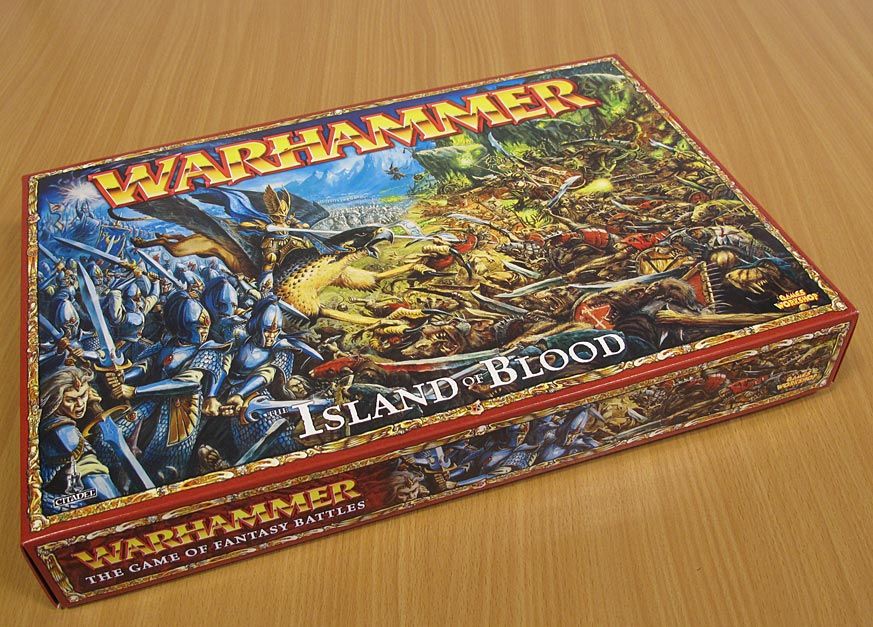


This location is the deepest section of the duct and therefore provides the lowest risk of puncturing the yolk sac. The needle is inserted into the starting point of the duct of Cuvier just dorsal to the location where the duct starts broadening over the yolk sac ( Fig. As for blood island injections, the anesthetized embryos are lined up on a flat agarose plate, their tails pointing toward the needle. The duct of Cuvier can be used for injections between 1 and 3 dpf. Meijer, in Methods in Cell Biology, 2011 6 Infection via Duct of CuvierĪlternatively to blood island injection, bacteria can also be introduced into the blood circulation via injection at the duct of Cuvier, which is the wide blood circulation valley on the yolk sac connecting the heart to the trunk vasculature. However, the YS of these mice at E9.5 shows reduced proliferation of primitive erythroid precursors but elevated numbers of definitive, high-proliferative potential multipotent colony-forming cells (HPP-CFCs) with enhanced replating potential.Ĭhao Cui. SMAD5 transduces both BMP4 and TGFβ receptor signals, and its targeted disruption results in multiple defects and death between E10.5–11.5 ( Liu et al., 2003). TGFβ is expressed by E7.5 in YS blood islands, and TGFβ-null embryos have defective YS vascularization and reduced erythroid cell production ( Dickson et al., 1995). GATA1, a zinc-finger transcription factor, is critical for erythroid development, and GATA1 null mice die at E10.5 of anemia with erythroid maturation arrest ( Cantor and Orkin, 2002). Tpo-responsive, definitive megakaryocyte and mixed erythroid–megakaryocyte-progenitors appear by E8.25 ( Xie et al., 2003). The Mpl ligand, thrombopoietin (Tpo), is expressed in the early YS and is responsible for maturation of primitive megakaryocyte progenitors to low-ploidy megakaryocytes by E8.5 with subsequent platelet release ( Xu et al., 2001). The cytokine receptors cKit and cMpl play an essential role in HSC proliferation and act as early as the hemangioblast stage ( Xu et al., 2001 Xie et al., 2003 Perlingeiro et al., 2003). Core-binding protein (CBP), a coactivator of several transcription factors, also plays a critical role in establishing YS vasculature, and mice with mutated CBP die between E9.5–10.5 with lack of a vascular network with secondarily decreased YS hematopoiesis ( Oike et al., 1999). Mice defective in this pathway exhibit decreased YS hematopoiesis and vessel formation, accompanied by decrease in VEGF production. YS multilineage progenitors are also regulated by a hypoxia-mediated signaling pathway that requires hypoxia-inducible factor 1 ( Adelman et al., 1999). Its receptors, Flk1 and Flt1, are expressed on the hemangioblasts and angioblast, and Flt1 is expressed on the hematopoietic stem cells (HSCs) developing in the blood island ( Kabrun et al., 1997 Nishikawa et al., 1997 Choi, 2002). VEGFA plays a pivotal role in the first step of endothelial and hematopoietic development in the YS and at the onset of gastrulation is expressed in the YS visceral endoderm and mesothelium ( Damert et al., 2002). AML1-deficient mice die between E12–13 and fail to form definitive lineage hematopoiesis in the liver, but they have normal primitive YS erythropoiesis ( North et al., 2002 Mikkola and Orkin, 2002). CD41, possibly a direct target of SCL, is normally restricted to the megakaryocytic lineage in the adult, but in the YS it is expressed on multilineage definitive hematopoietic cells (but not on primitive erythroid lineage) and precedes the expression of the pan-lympho-hematopoietic marker CD45 ( Mikkola et al., 2003). SCL is a transcription factor whose inactivation leads to embryonic death at E9.5 because of the absence of red cells ( Gering et al., 1998). Moore, in Handbook of Stem Cells (Second Edition), 2013 Molecular Pathways Involved in Yolk Sac Hematopoietic Developmentīlood islands express: the vascular endothelial growth factor (VEGF) receptors Flk1 and Flt1 and the cytokine receptors cKit and cMpl the potential adhesion molecules CD34, CD41, CD44, PECAM-1, and VE-cadherin the transcription factors SCL/Tal-1, GATA1, GATA2, and AML1/Runx1 and transforming growth factor (TGF) family members TGFβ, BMP4, and their downstream signaling components – SMADs ( Baron 2001b Liu et al., 2003 Cantor and Orkin, 2002 Dickson et al., 1995).


 0 kommentar(er)
0 kommentar(er)
